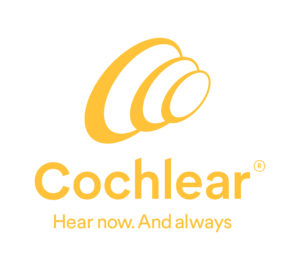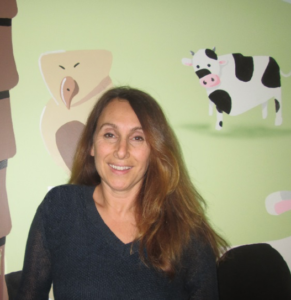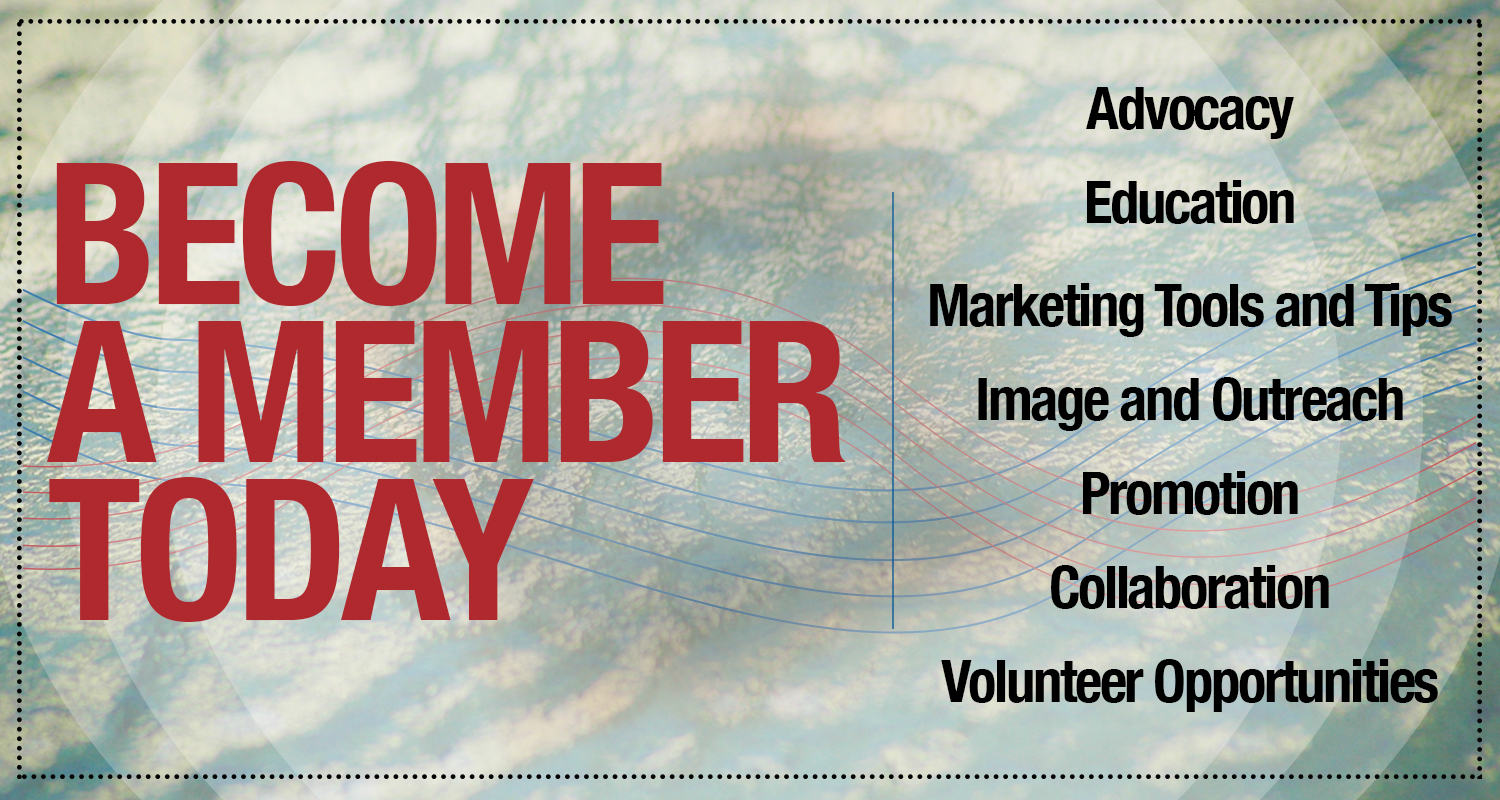Implantable Hearing Technologies
Date: Saturday, November 13th (11am to 1pm EST)
, CAA Members View the Recording - log in to viewNon Members Fee $75 – Register Now Non Member Students Fee $20 – Register Now
 Moderator: Justyn Pisa, AuD, Coordinator,Surgical Hearing Implant Program
Moderator: Justyn Pisa, AuD, Coordinator,Surgical Hearing Implant Program
Health Sciences Centre ,Winnipeg, Department of Otolaryngology, University of Manitoba, Director CAA Board
Keynote Speaker: Ellen Andries, PhD researcher and clinical audiologist, Antwerp University Hospital, Antwerp University
Title: Cognitive Improvement after Cochlear Implantation in Older Adults
Abstract:
An increasing number of studies have established that older adults with hearing impairment present an accelerated cognitive decline compared to their peers with normal hearing. Previous studies showed that individuals with a greater degree of hearing loss are prone to higher risks of accelerated cognitive decline and incident cognitive impairment. Therefore, possible positive effects of hearing rehabilitation on cognition are postulated to be more pronounced with cochlear implant use in people with severe to profound hearing impairment than with hearing aid use in people with moderate to severe hearing impairment
3 Key learning points:
1. to describe how to test cognitive capabilities in hearing impaired older adults.
2. to explain postoperative cognitive disfunctioning (PCD) in severely hearing impaired older adults following cochlear implantation.
3. to discuss the evolution of cognitive capabilities in older cochlear implant recipients.
Speaker Bio
Ellen Andries is a PhD researcher and clinical audiologist, currently working at the ENT department of the Antwerp University Hospital. She completed her MA studies in Speech-Language Pathology and her MA studies in Audiology at the Catholic University of Leuven in 2016 and 2017. In January 2019, she started a PhD at the University of Antwerp under the supervision of Prof. Griet Mertens, Prof. Vincent Van Rompaey and Prof. Paul Van de Heyning. Ellen’s PhD research focuses on the impact of Cochlear Implantation on (Health-Related) Quality of Life and Cognition.
BREAK
Justyn Pisa presents the Moneca Price Award to Rex Banks – This award is presented to an audiologist in recognition of extraordinary humanitarian and community service, above and beyond the requirements of employment. The award is to honour the late Moneca Price, who took on significant leadership roles in both the Canadian Academy of Audiology (CAA) and the College of Audiologists and Speech Language Pathologists of Ontario (CASLPO).
Contributed Research Paper: “Fitting non-surgical transcutaneous bone conduction hearing devices to children” Marlene Bagatto, Au.D., Ph.D. Reg. CASLPO, AUD(C)
3 Key Learning Objectives:
- Describe common clinical challenges when providing children with bone conduction hearing devices
- Be able to discuss the characteristics of BCHDs when selecting them for children
- Explain current verification tools for fitting BCHDs to children
Featured Sponsor Presentation:

Benefits of the new OSIA bone conduction device in children
 Karen A. Gordon, PhD, CCC-A, Reg CASLPO
Karen A. Gordon, PhD, CCC-A, Reg CASLPO
Abstract:
Our objective was to assess the benefits of the new Osia bone conduction system in children. Although percutaneous bone conduction devices provide children with hearing loss access to sound during important stages of development, rates of complication are high. Moreover, use is inconsistent in children with unilateral hearing loss. Our centre had the opportunity to provide children with a new active transcutaneous bone conduction technology. The Osia is implanted under the skin and receives input from a speech processor worn on the head. Acoustic sound is converted through reverse piezo-electricity into vibration. Outcomes of the first generation Osia revealed high degree of comfort, increased audibility and speech recognition and improved self-reported hearing with limited complications in 14 children ranging in age from 10 to 17 years. These outcomes were similar for children with bilateral conductive loss, bilateral mixed loss, unilateral conductive loss, and single sided deafness. The second generation Osia has been provided to children as young as 5 years of age. In sum, the Osia offers potential for well-tolerated early intervention of hearing loss in children who require bone conduction devices.
Learning Objectives:
- The Osia is a new active transcutaneous bone conduction system that uses reverse piezo-electricity to convert sound into vibration of the skull.
- The Osia system is well tolerated by children
- The Osia system provides improved audibility and speech recognition in children with hearing loss.
 20 Questions – Justyn Pisa interviews Bill Hodgetts PhD, iRSM University of Alberta Bone Conduction
20 Questions – Justyn Pisa interviews Bill Hodgetts PhD, iRSM University of Alberta Bone Conduction
Stay tuned for more details
, CAA Members View the Recording - log in to view
Non Members Fee $75 – Register Now Non Member Students Fee $20 – Register Now




